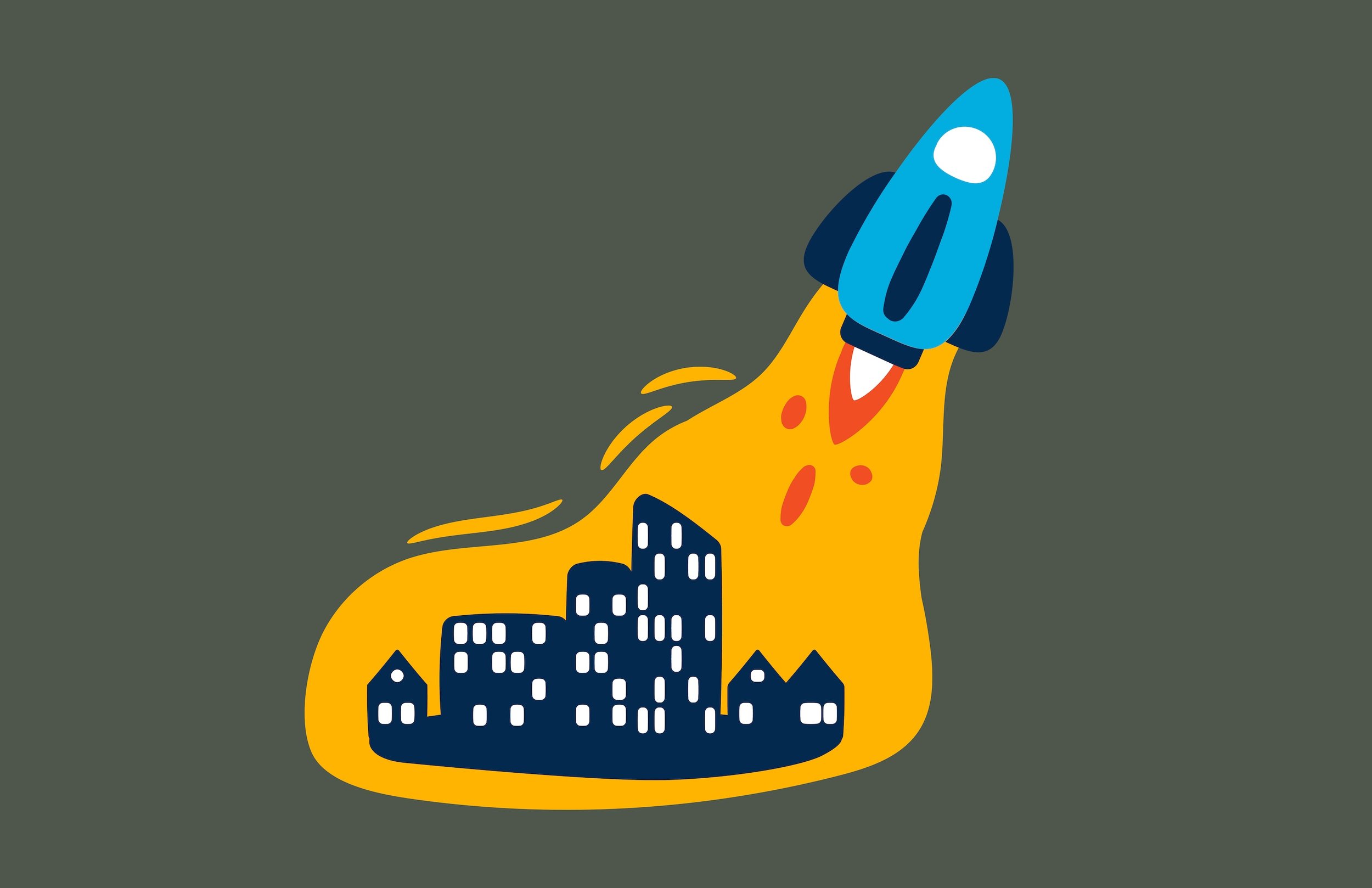How to brand an ocean rowing team
We get it, you’ve just signed up to the Talisker Whiskey Atlantic challenge and have no idea what to do first! Should you start reaching out to prospective investors, buy kit, find out where to get a boat, or all of the above?
Luckily, we’ve produced this handy guide for how to tackle the crucial first part, getting your branding sorted.
Why do you need strong branding for an ocean rowing team?
A strong and professional brand identity instils confidence and credibility among potential investors. A well-designed brand creates a positive perception of the team, showcasing its professionalism, values, and commitment to excellence. It helps build trust and makes the team a more attractive investment opportunity.
Furthermore, a visually appealing and recognisable brand identity creates valuable marketing assets that can be leveraged to attract sponsors and partners. Companies are more likely to align themselves with a team that has a strong brand presence and a dedicated fan base, as it offers greater visibility and potential marketing opportunities.
How to design the branding for ocean rowing teams:
When designing branding for an ocean rowing team, it's important to create a strong and memorable identity that resonates with fans and represents the team's values and culture. Here are the steps you should take when designing your team’s branding:
1. Define the Team's Identity: Start by understanding the team's mission, values, and target audience. Consider the team's history, location, fan base, and aspirations. This will help establish the foundation for the branding process.
2. Conduct Market Research: Perform market research to understand the current sports landscape, including competitors and trends. Identify what sets your team apart and the unique selling points you can highlight in your branding.
3. Create a Brand Strategy: Develop a comprehensive brand strategy that outlines the team's positioning, messaging, and visual identity. Determine the key attributes and emotions you want your brand to evoke and the overall perception you want to create.
4. Design a Logo: Design a distinctive and visually appealing logo that captures the essence of the team and its identity. Consider incorporating elements that are relevant to the team's name, location, or history. Ensure the logo is versatile and can be used across various platforms and sizes.
5. Choose Team Colours: Select a colour scheme that reflects the team's personality and resonates with fans. Consider the psychology of colours and how they can evoke certain emotions or associations. Ensure the colours are visually appealing and work well together.
6. Develop Typography: Choose fonts or typography that complement the team's logo and overall brand identity. Consider legibility, readability, and the style that aligns with the team's personality. Use different fonts for headlines, body text, and other design elements.
7. Define Visual Elements: Establish a set of visual elements and design guidelines that support the brand's identity. This includes patterns, textures, shapes, or icons that can be used consistently across various marketing materials, merchandise, and digital platforms.
8. Create Brand Collateral: Design various brand collateral, such as business cards, letterheads, jerseys, banners, posters, and social media graphics. Ensure consistency in design elements, typography, and colour usage across all materials.
9. Develop a Brand Style Guide: Create a comprehensive brand style guide that documents all the visual and verbal elements of the brand. Include guidelines for logo usage, typography, colours, imagery, tone of voice, and any specific do's and don'ts.
10. Implement and Promote the Brand: Apply the new branding consistently across all touchpoints, including the team's website, social media channels, merchandise, marketing campaigns, stadium signage, and any other relevant platforms. Promote the brand through engaging storytelling and fan engagement initiatives.
11. Seek Feedback and Iterate: Continuously gather feedback from fans, stakeholders, and the public to gauge the effectiveness and resonance of the brand. Make necessary adjustments or iterations based on the feedback to ensure the brand remains relevant and appealing.
Remember, designing your team's branding is an iterative process, and it's essential to involve key stakeholders, supporters, and professionals with expertise in branding and design to create a successful and enduring brand identity.
You might also like to read:







